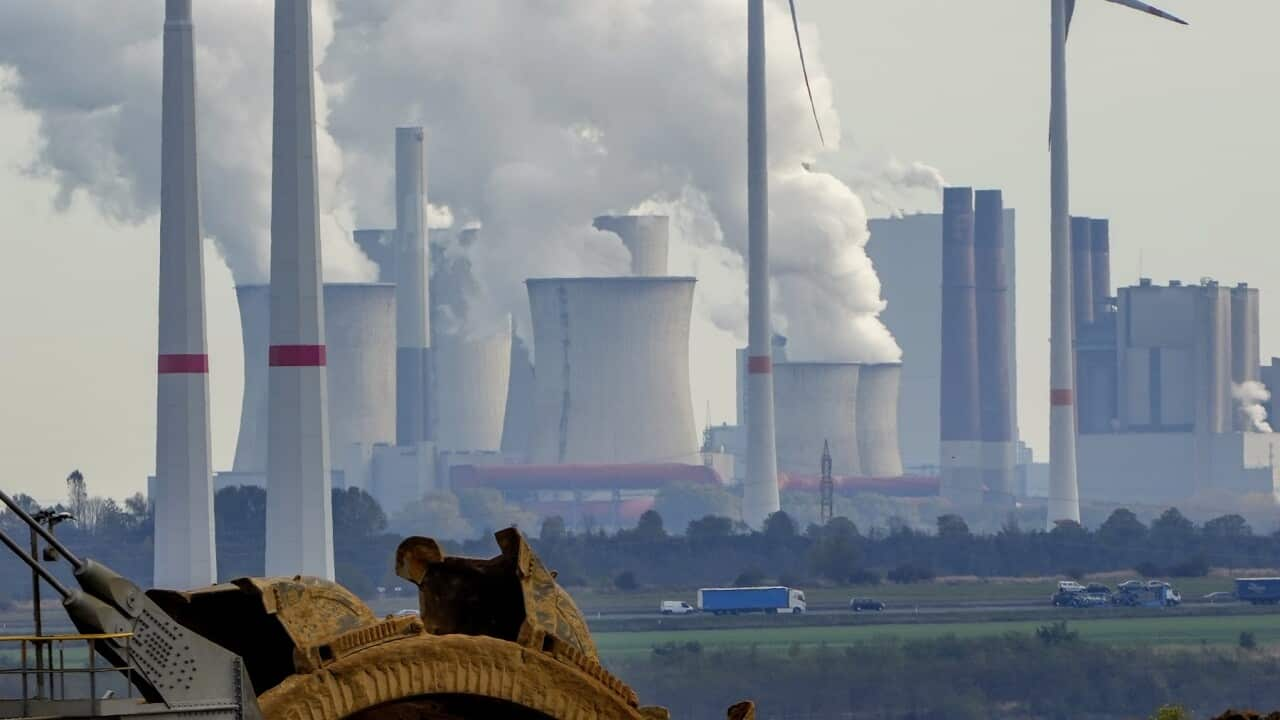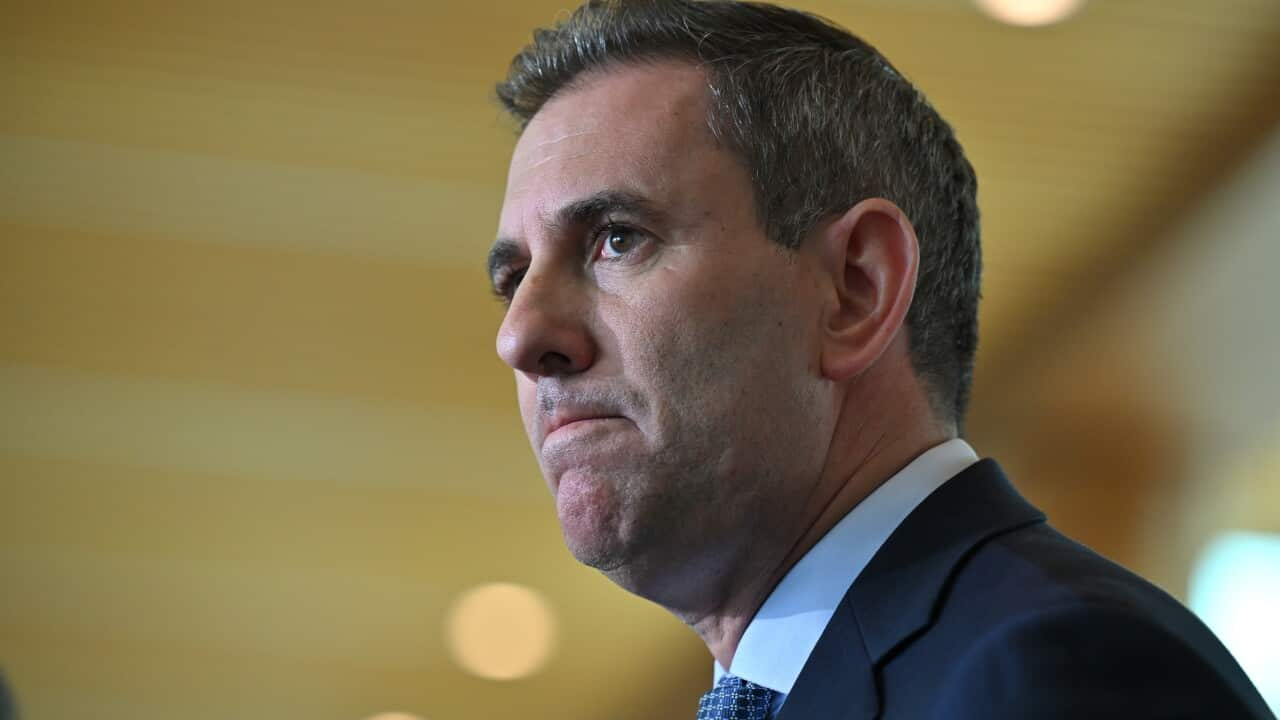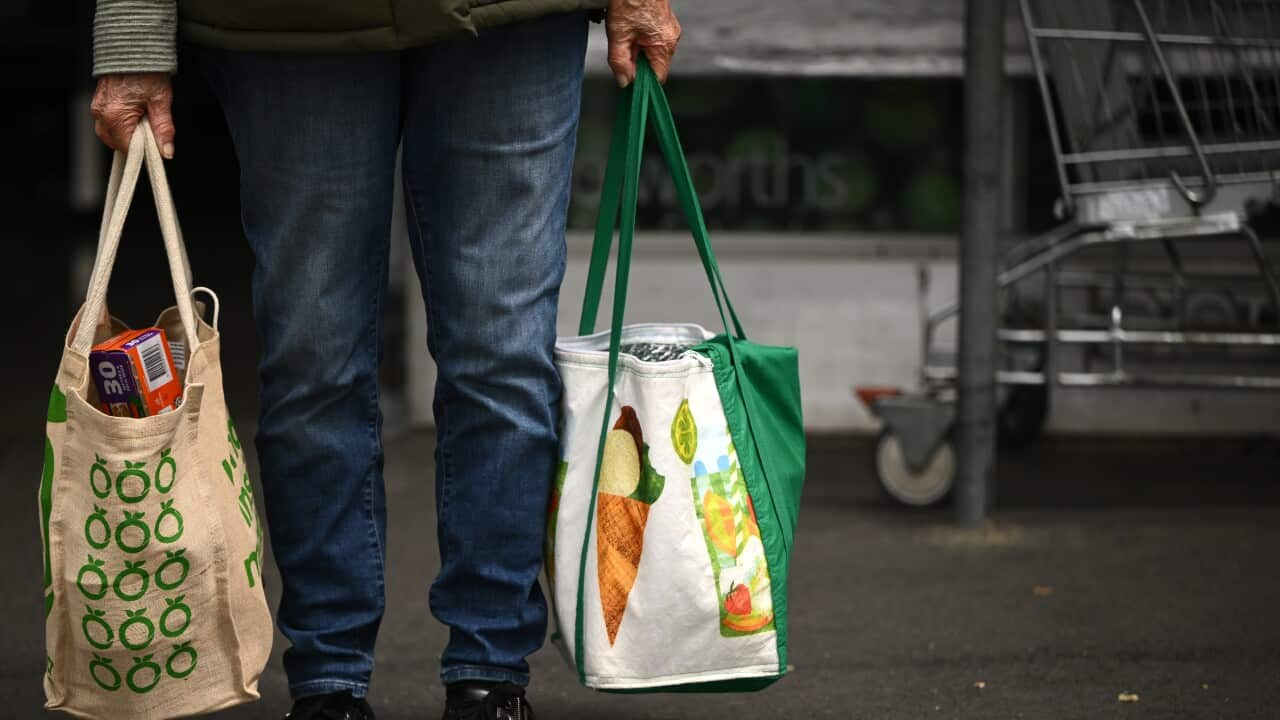TRANSCRIPT:
In a country where sunshine is plentiful, the government says sharing solar makes sense.
"We are a solar nation, we've 4.2 million houses with solar panels on their roofs. That means we have lots of electricity in the middle of the day and often, electricity prices are negative in the middle of the day, energy companies are not paying for the power they'd provide in the middle of the day."
That's Climate Change Minister Chris Bowen announcing the new Solar Sharer program in three eastern states.
The scheme will require energy companies to offer at least three hours of free solar power to households during the middle of the day, when solar power generation is at its highest.
Chris Bowen says even consumers without solar panels, those in apartments, and those who rent, can benefit.
"It is a meaningful step forward, a material improvement, a chance to improve the opportunities for people to reduce their bills and put them in charge - put them in charge of their own energy use so they can manage their energy use to maximise their best interests, not the best interests of the energy companies."The scheme will be offered to consumers in New South Wales, South Australia and southeast Queensland from mid-2026, with negotiations underway to broaden it to other states in 2027.
Customers who choose to take up the deal must have a smart meter, and will benefit by shifting their use of appliances, such as dishwashers and washing machines, to the middle of the day.
That's led Nationals Senator Matt Canavan to warn that consumers will end up paying for energy at other times.
"We're not getting free power. We're getting more expensive power. Because you're only going to get this deal if you take on a smart meter and these smart meters, they can let you have cheaper power one part of the day, but the other parts of the day, when you want to use your air conditioning when you get home from work and have to turn the lights on, you're going to be paying much much more."
Francis Vierboom, the CEO of not-for-profit Rewiring Australia, says that's not true.
"There's lots of ways that you might be able to benefit from this discount. It might be if you've got a pool pump you can run. It might be if you've got a car that you charge up, it might be that on hot days you can benefit from running your air conditioner really hard for three hours to cool your home down."
Analysis from the energy department shows a single-person household could save nine per cent on bills, by moving just 10 per cent of energy use to the free energy window.
Moreover, Francis Vierboom says, the system will have a flow-on effect to the entire energy market.
"It does actually make the whole system cheaper if we move lots of this demand into the middle (of the day). It means we need to pay less for all the power stations that run. We don't have to burn coal, we don't have to build extra power stations. So the generation of the energy is cheaper, but also importantly, it spreads the demand out better on the grid and it means that the peaks in the evening are lower if people have used more of the energy earlier on."
Clare Savage is Chair of the Australian Energy Regulator, which works to protect consumer interests.
She also says the changes could help address peak demand on Australia's energy network.
But the Australian Energy Council, which represents retailers, says they are disappointed the government didn't consult them on the plan.
The government hopes the move - which aims to reduce reliance on coal-generated energy - will help it reach its target of 82 per cent renewable electricity by 2030, and its aim to achieve net zero greenhouse gas emissions by 2050.
That's a target the National Party has now dropped, with the Liberal Party now debating if it too should abandon the policy.













